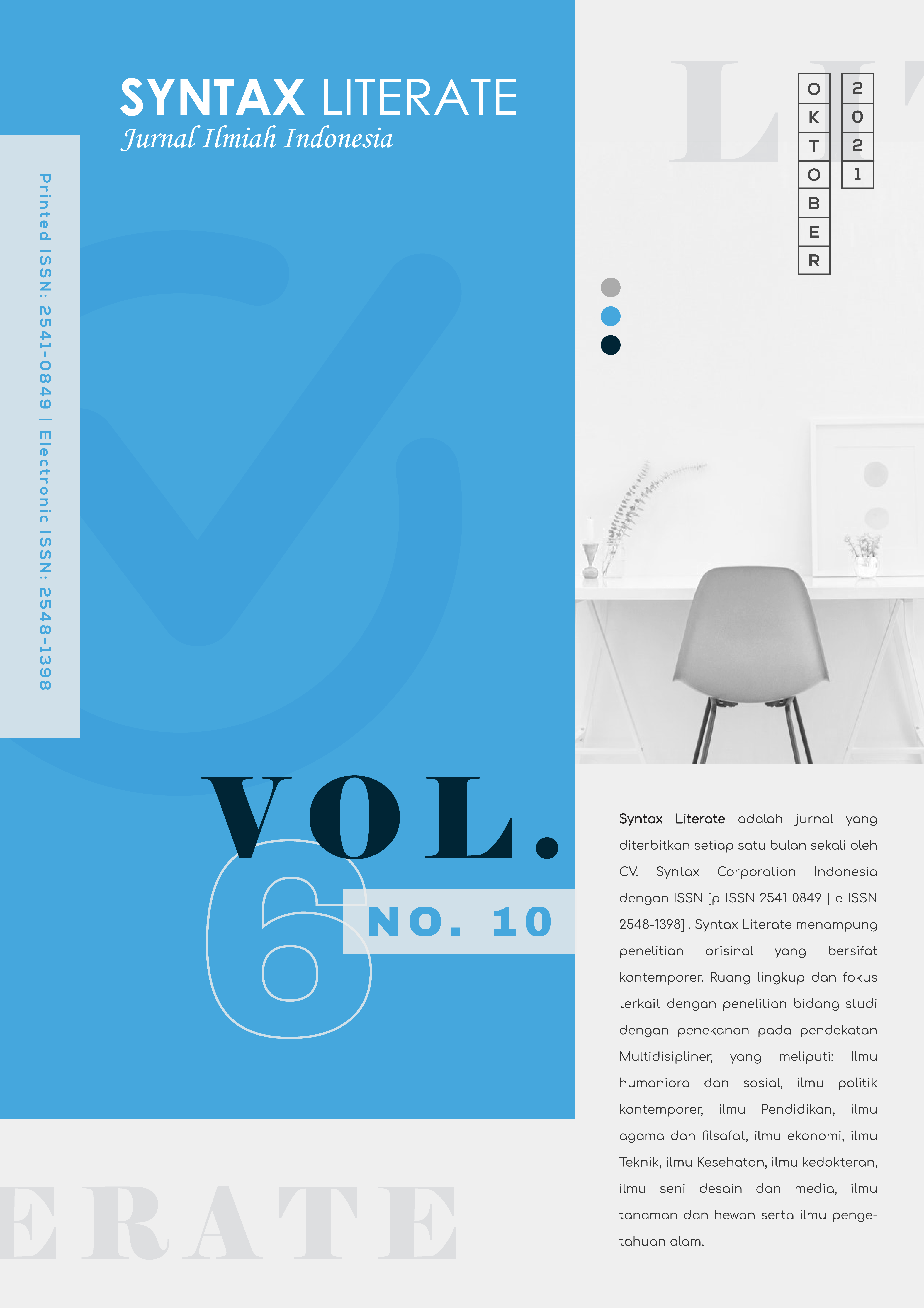Analysis of The Relationship Between Microbial Activities in Humus Soil Towards Infiltration Rate for Fertility Improvement with Biosoildam Technology for Corn Plantation
Abstract
This research was conducted on Humus soils, especially for Corn Plantation, aimed at restoring soil health and fertility due to the use of chemical fertilizers and pesticides. Through controlled microbial activity through biohole. This study observes periodically changes in soil acidity, infiltration rate and electrolyte conductivity levels around the center of the biohole as the center of microbial distribution. As a comparison, observations were made using biohole which was only filled with water without microbes. Furthermore, these two conditions, namely biohole with microbes and biohole without microbes, were compared to changes in parameters: soil acidity, infirtration rate and electrolyte conductivity levels. So that it can be seen a real difference in the speed of improvement of the two soil conditions and the ability of the soil to provide nutrients during vegetative and generative growth. Soil carrying capacity research using microbial activity variables as a measurable control is called Biosoildam Technology. This research was conducted on agricultural land with commodities as above. The tools used are the Double Ring Infiltrometer to measure the infiltration rate at three radial distances from the center of the microbial hole (Biohole), the measurement of electrolyte salt content as an indication of soil fertility using Electrolyte Conductivity, and the use of a PH meter as a measure of soil acidity. Infiltration calculations were carried out every 5 minutes and observed every 15 days for 45 days. This research is expected to: reduce production costs, increase crop yields, make agriculture sustainable, produce mutiplayer economies of effect, strengthen crops to face global climate change. The result of research show that the highest of infiltration rate, infiltration capacity, fertility & acidity was happened on soil with involve Biofertilizer MA-11, ie 83-99 cm/hour, 325 – 970 uS/cm, PH = 6- 6,5. While the lowest of infiltration rate, infiltration capacity, fertility & acidity was happened on soil without involve Alfaafa Microba MA-11, ie 31- 52 cm/hour, 325 – 540 uS/cm, PH 5 – 6.
Downloads
References
Douglas, Madeline G., Kocher, Jacob F., Scobey, Trevor, Baric, Ralph S., & Cockrell, Adam S. (2018). Adaptive Evolution Influences The Infectious Dose Of Mers-Cov Necessary To Achieve Severe Respiratory Disease. Virology, 517, 98–107. Google Scholar
Dr, Nugroho Widiasmadi. (2020). Analysis Of Soil Fertlity And Acidity In Real Time Using Smart Biosoildam To Improe Agricultural Land: International Journal Of Research And Analytical Reviews (Ijrar). Volume, 7, 194–200. Google Scholar
Eng, Suripin Dr Ir M., & Dr, Suripin Ir. (2004). Sistem Drainase Perkotaan Yang Berkelanjutan. Andi Offset, Yogyakarta. Google Scholar
Fazli, Somayeh, & Noor, Hamzeh. (2014). Prediction Of Storm-Wise Soil Erosion In Dryland Farming Using A Hillslope Erosion Model. Agriculturae Conspectus Scientificus, 79(3), 145–149. Google Scholar
Indramaya, Eka Ayu, & Purnama, Ig L. S. (2013). Rancangan Sumur Resapan Air Hujan Sebagai Salah Satu Usaha Konservasi Air Tanah Di Perumahan Dayu Baru Kabupaten Sleman Daerah Istimewa Yogyakarta. Jurnal Bumi Indonesia, 2(3). Google Scholar
Sunjoto, S. (2011). Teknik Drainase Pro-Air. Yogyakarta: Fakultas Teknik Universitas Gadjah Mada. Google Scholar
Widiasmadi, Nugroho. (2019). Peningkatan Laju Infiltrasi Dan Kesuburan Lahan Dengan Metode Biosoildam Pada Lapisan Tanah Keras Dan Tandus. Prosiding Snst Fakultas Teknik, 1(1). Google Scholar
Widiasmadi, Nugroho. (2020). Soil Improvement And Conservation Based In Biosoildam Integrated Smart Ecofarming Technology (Applied In Java Alluvial Land And Arid Region In East Indonesia). Int J Innov, 5(9). Google Scholar
Zhanbin, Huang, Lun, Shan, Suiqi, Zhang, & Pute, Wu. (1997). Action Of Rainwater Use On Soil And Water Conservation And Agriculture Sustainable Development [J]. Bulletin Of Soil And Water Conservation, 1. Google Scholar
Copyright (c) 2021 Nugroho Widiasmadi

This work is licensed under a Creative Commons Attribution-ShareAlike 4.0 International License.











